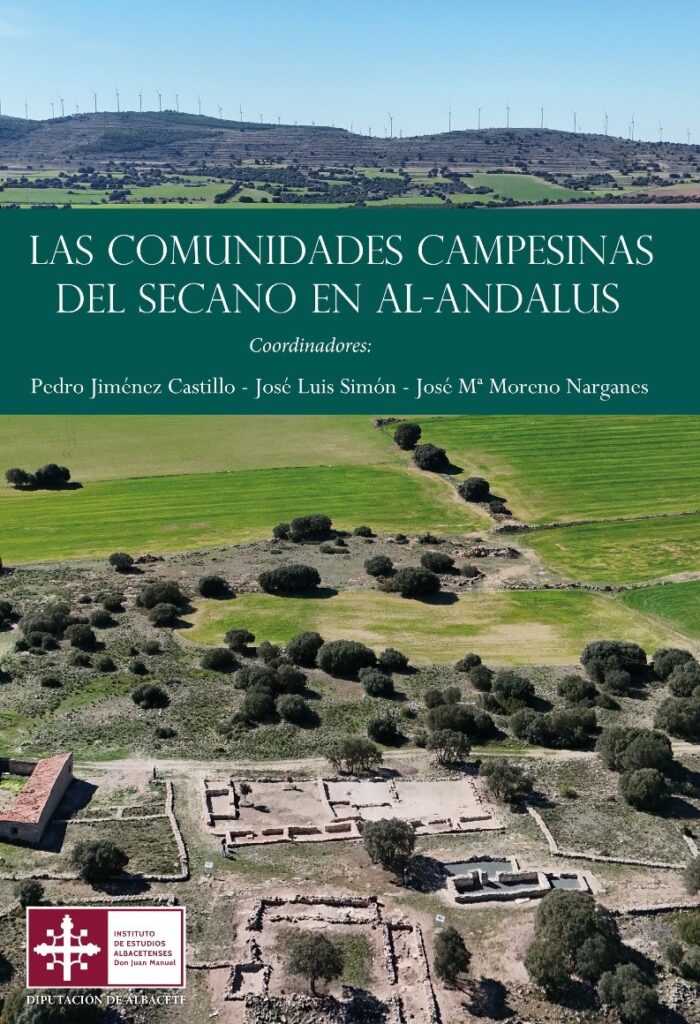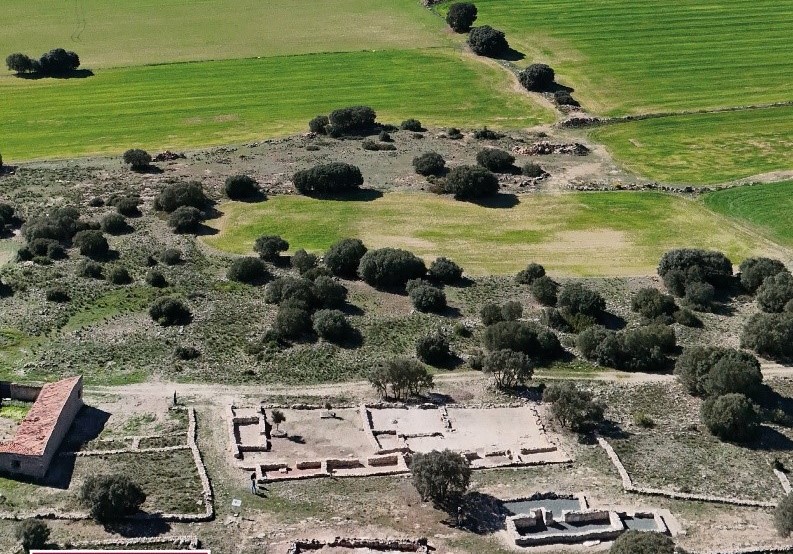Articles
The Farming Communities of the Dryland Areas in al-Andalus
Date of publication of the article: 07/02/2025
Year of publication: 2025
Article theme: Archaeology, Arqueología, Culture, heritage.
Recently, the book Las comunidades campesinas del secano en al-Ándalus (‘The Farming Communities of the Dryland Areas in al-Andalus’) was published, coordinated by archaeologists Pedro Jiménez Castillo, José Luis Simón García, and José María Moreno Narganes, with support from the Instituto de Estudios Albacetenses (IEA) “Don Juan Manuel” (Albacete Provincial Government).
The book largely compiles information presented at the First Symposium “Las tierras de secano en al-Ándalus: poblamiento y economía campesina” (‘Dryland Areas in al-Andalus: Settlement and Peasant Economy’), organized by IEA and the School of Arabic Studies (CSIC), held from February 16 to 18, 2023. During those days, new reflections and data were provided based on various studies about regions that were traditionally considered uninhabited due to their climatic conditions, which did not support irrigation farming. These works, which cross multiple disciplines, revealed that there was a relatively intense settlement, with an economy based mainly on dryland agriculture and livestock.

Contrary to the traditional historiographical view that associates dryland areas with “opposing” societies to the Islamic ones (such as Visigothic and feudal societies), new studies shed light on previously unknown areas, documenting a proliferation of peasant settlements in the 11th century. This points to a colonization drive in a context marked by population growth and increased food demand.
The study of these agriculturally disadvantaged areas is particularly interesting, as it allows for an examination of the processes of occupation and abandonment that defined these marginal zones, as opposed to the more stable settlements in fertile river valleys where irrigation played a key role. This historical development is well documented in places like Haches and La Graja (Albacete), Cújar (Granada), Las Cabezuelas (Murcia), Tortosa (Tarragona), and Cerca de las Alcarias – Mesquita (Alentejo, Portugal).
The works gathered in Las comunidades campesinas del secano en al-Ándalus provide a closer look at the reality of many Andalusians who settled in regions of the Iberian Peninsula where irrigation farming was not feasible. Through numerous investigations and archaeological work, the book highlights the way of life in al-Andalus’s inhospitable and rural areas, where inhabitants relied on dryland agriculture and livestock. This helps recover the memory of those Andalusians who did not settle in the cities or more favorable lands.
The book is available for free access here.
Este artículo está disponible en Español.


